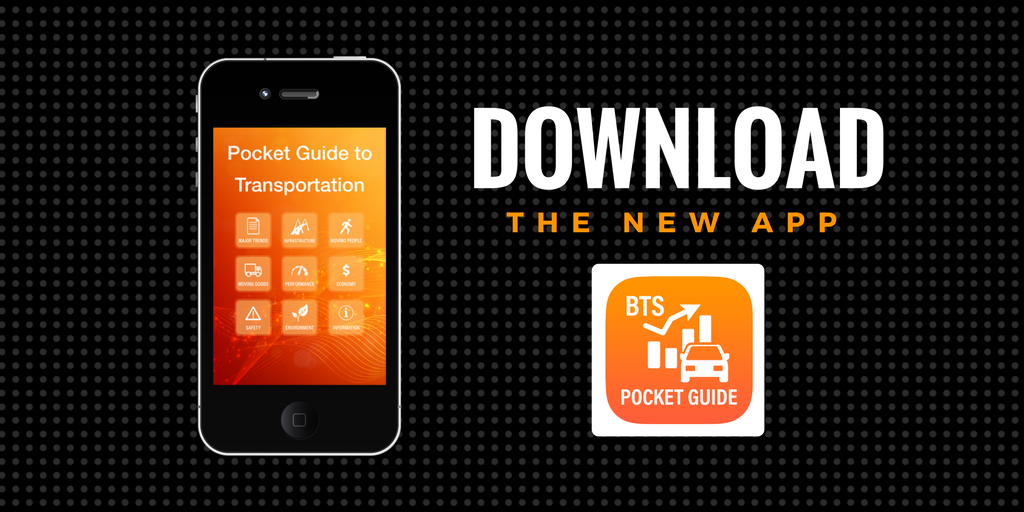"Today, President Obama expanded the Papahānaumokuākea Marine National Monument off the coast of Hawaii to encompass more than half a million square miles — making it the world's largest marine protected area. Home to more than 7,000 marine mammals, some of them critically endangered, the monument will also permanently protect pristine coral reefs, deep sea marine habitats, and important ecological resources.
Here’s what you need to know:
History
The monument was originally created in 2006 by President George W. Bush and designated as a UNESCO World Heritage Site in 2010. Since that time, new scientific exploration and research has revealed new species and deep sea habitats as well as important ecological connections between the existing monument and the adjacent waters..."Papahānaumokuākea Marine National Monument
 .."
.."